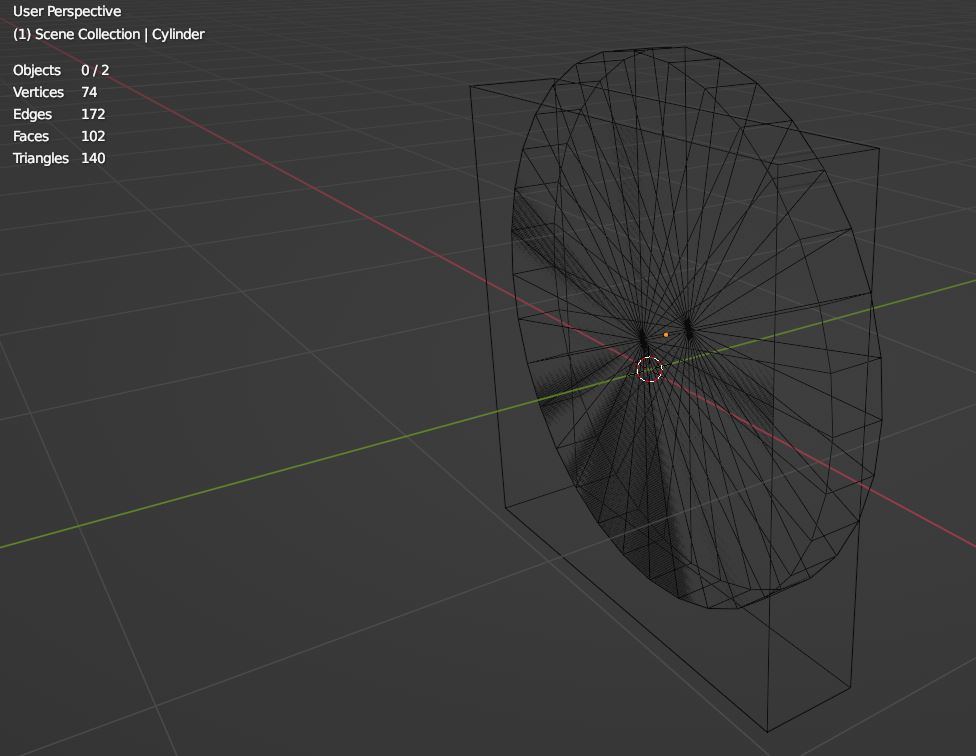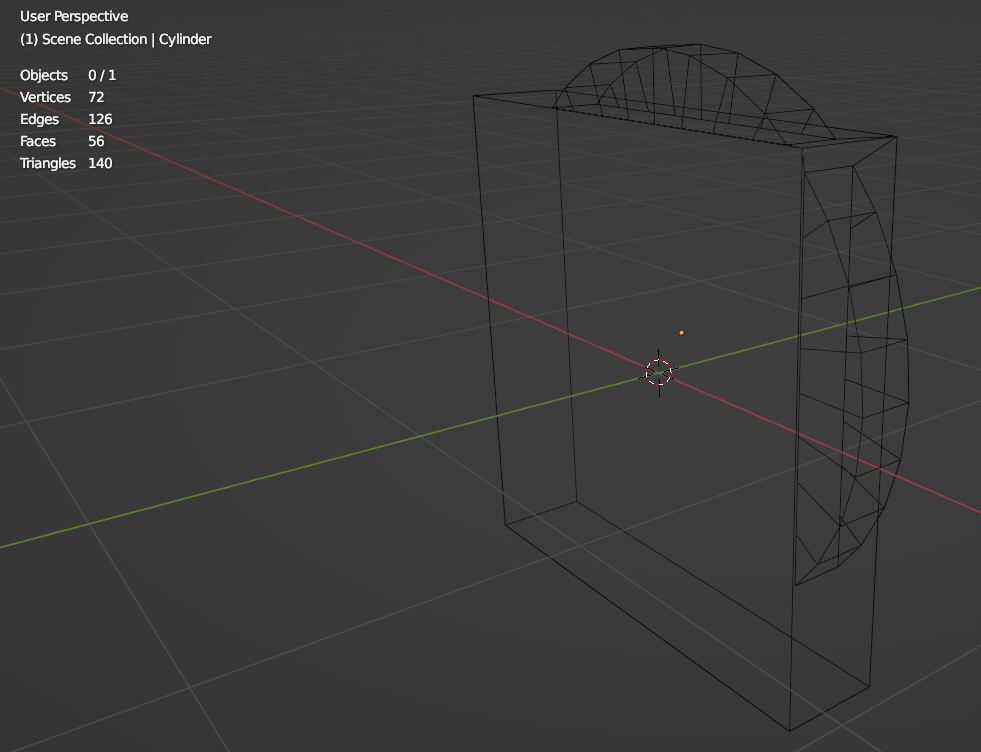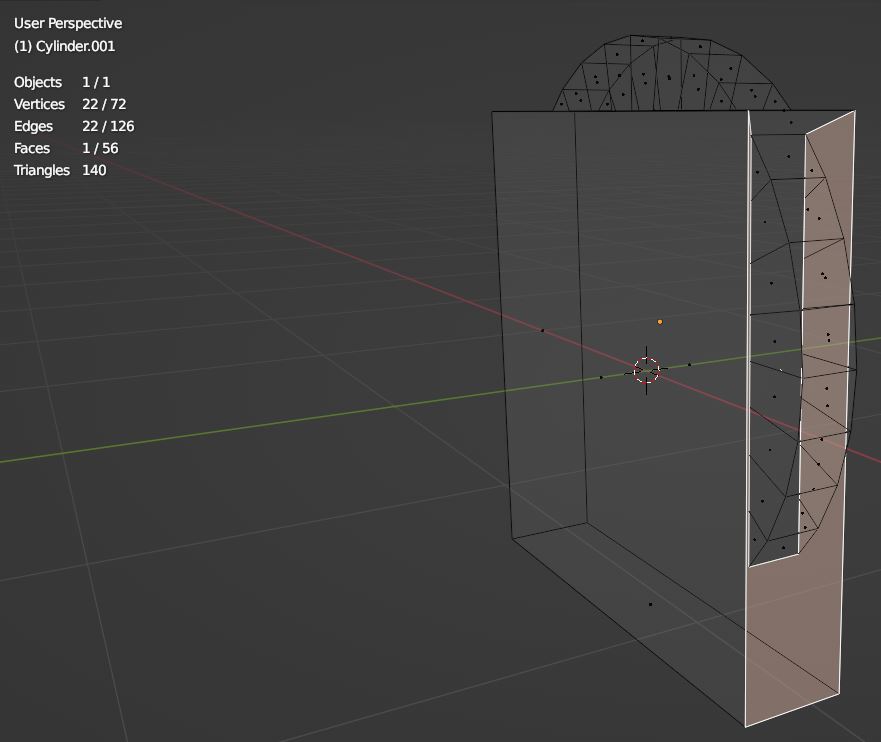There are two objects in this image. There is a square and a cylinder (that's been boolean'd into pieces.) What I want is to merge these two objects. I know about ^J, the merge option under Mesh, and about boolean union. What I don't know is which of these will join the meshes together so that there is literally no gap between the cylinder and square. I get the idea that join makes many objects into one. But I see nothing that shows the meshes are merged. Same thing for union. What I am looking for is one solid object. Does this make sense?
-
$\begingroup$ Just a quick recap of the difference between the methods you mention: Ctrl+J is joining objects, which means the meshes of two or more objects are joined together in a single object. The meshes themselves stay separate in Edit Mode. Whereas with M in Edit Mode you can manually merge vertices by different criteria, like distance, a mutual center or at the first or last selected vertex. The Boolean modifier with "Union" is creating a merged mesh of two objects (or more with Operand Type "Collection"), where the overlapping geometry is deleted and the intersecting edges are merged. $\endgroup$– Gordon BrinkmannCommented Jan 19, 2023 at 7:48
1 Answer
It sounds like you're looking for Boolean Union, with that modifier then applied.
I tried to recreate your image below. Here's the two objects without the modifier and without being joined. Using the wireframe you can tell that they do not share their faces. I have the scene statistics on so that you can see the way the faces change.
Next I add the Boolean Modifier on Union setting. In this example I added the modifier to the cylinder and hide the rectangle before taking the following screenshot. I also moved the cylinder slightly over so that the front most face wasn't overlapping since I found that it didn't seem to "Union" as desired.
After applying the Boolean Modifier and going into edit mode, I can select one of the faces and see that the objects are merged (keep in mind that the original rectangle still exists, but at this point it can be deleted).
Keep in mind that which ever object that has the Boolean Modifier will determine the object's origin (in this example, the cylinder object is determining the object origin). Also, if you do get something where the shapes don't quite merge as desired, you can attempt to construct the geometry that you desire by using F to Fill in Faces around the selected edges and J to create new edges between selected vertices while in edit mode.




